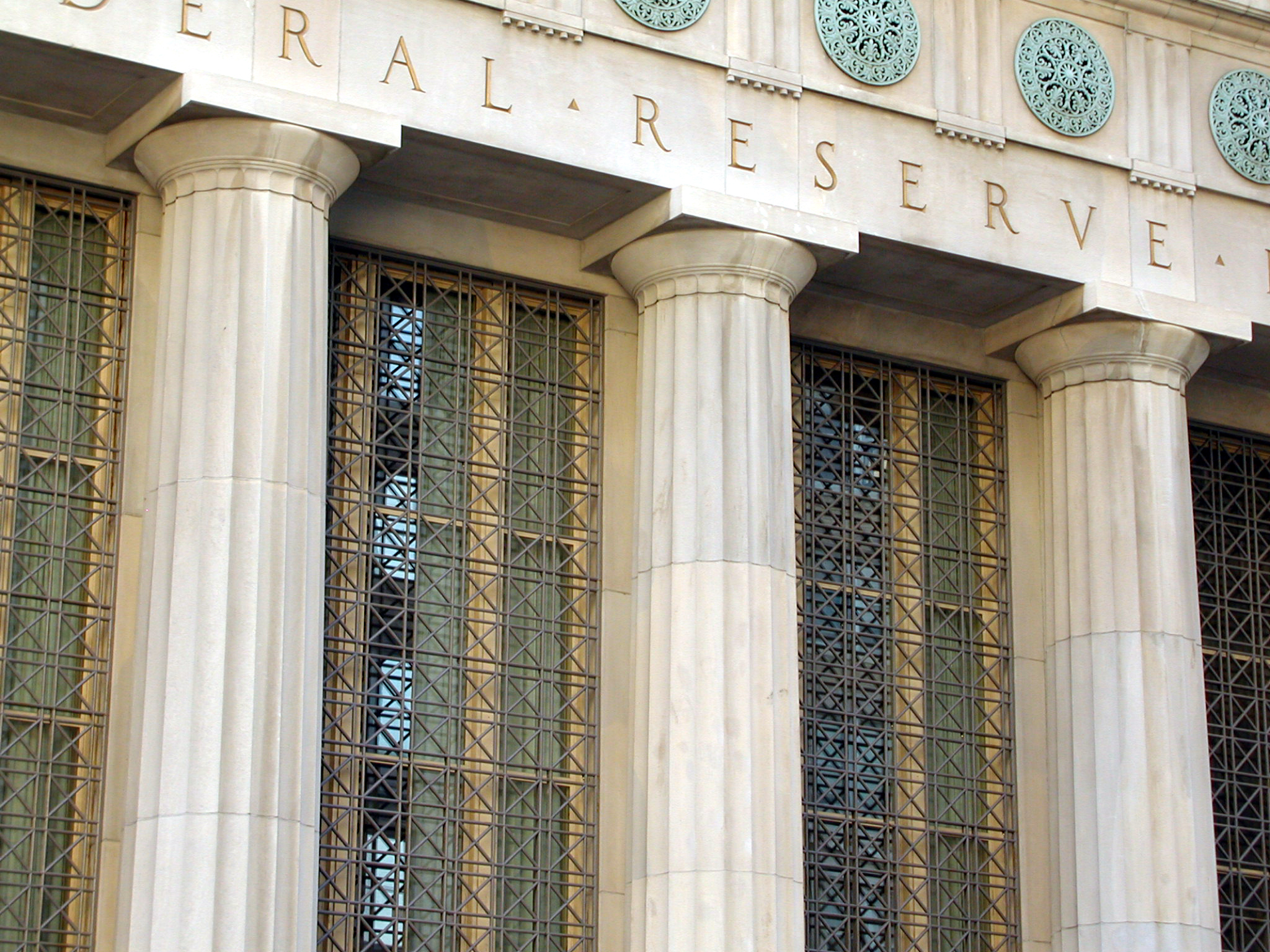
In testimony before Senate, Federal Reserve official foretells changes to banking rules.
Ever since the financial crisis of 2008, banking regulators have been working to craft new regulations to improve the solvency of banks in the United States. In recent testimony, Daniel Tarullo, a high-ranking financial regulator, updated members of Congress on some of the latest regulatory issues currently before the Federal Reserve as it seeks to ensure that banks keep enough capital on their balance sheets.
Tarullo, a member of the Fed’s Board of Governors, focused much of his testimony on capital adequacy requirements that impose on banks a mandatory debt-to-equity ratio. Such requirements have long been in place; however, the Fed is revisiting these requirements in an effort to help ensure that banks remain solvent through times of economic distress, decreasing the need for any future rescue efforts funded by taxpayer subsidies.
During his testimony, Tarullo emphasized four main points. First, he discussed a proposal to impose “graduated” capital adequacy requirements on the nation’s largest banks, or those banks deemed to be “globally systemically important.” For these large banks, capital requirements would increase in stringency as the systemic importance of the financial institution increases.
Second, Tarullo said that the Fed plans to require the largest banks to maintain a minimum amount of long-term unsecured debt at the parent holding company level. This requirement is designed to provide protection in the event that a financial firm winds down. Such holdings would absorb additional losses and make it easier to recapitalize rather than having to rely on taxpayer subsidies. Moreover, if depositors can be more confident in a bank’s solvency, that confidence in itself may help reduce the risk of a run on the bank.
Third, Tarullo discussed initiatives to address what are known as liquidity risk, or the risk that occurs when an asset cannot be bought or sold quickly enough to minimize a loss. These initiatives address more complex aspects of financing and include measures that decrease lending risks that can occur when a bank acts as a provider of short-term funding to other market participants.
Finally, Tarullo discussed the importance of helping community banks, which play a large role in cities and towns across the United States, but suffer from competition due to economies of scale. The Fed would not require these smaller banks to meet the high capital ratios required of larger institutions, which could help them hold their own in competition with larger banks because of a greater ability to leverage themselves.
The nation’s largest banks have grown even larger since the financial crisis. Although he proposed few specifics, Tarullo indicated that capital ratios could rise “noticeably” for some firms. In that event, some systemically important banks would have to find ways to shrink their balance sheets, perhaps by cutting down on capital return plans. Others might have to sell stock, retain profits, cut business, retreat from buying and selling bonds for short periods, or even sell off profitable parts of their operations.
Shares of such banks fell slightly in the wake of Tarullo’s comments. It will remain unclear, however, precisely how banks will ultimately respond until the Fed actually issues a proposed rule.



